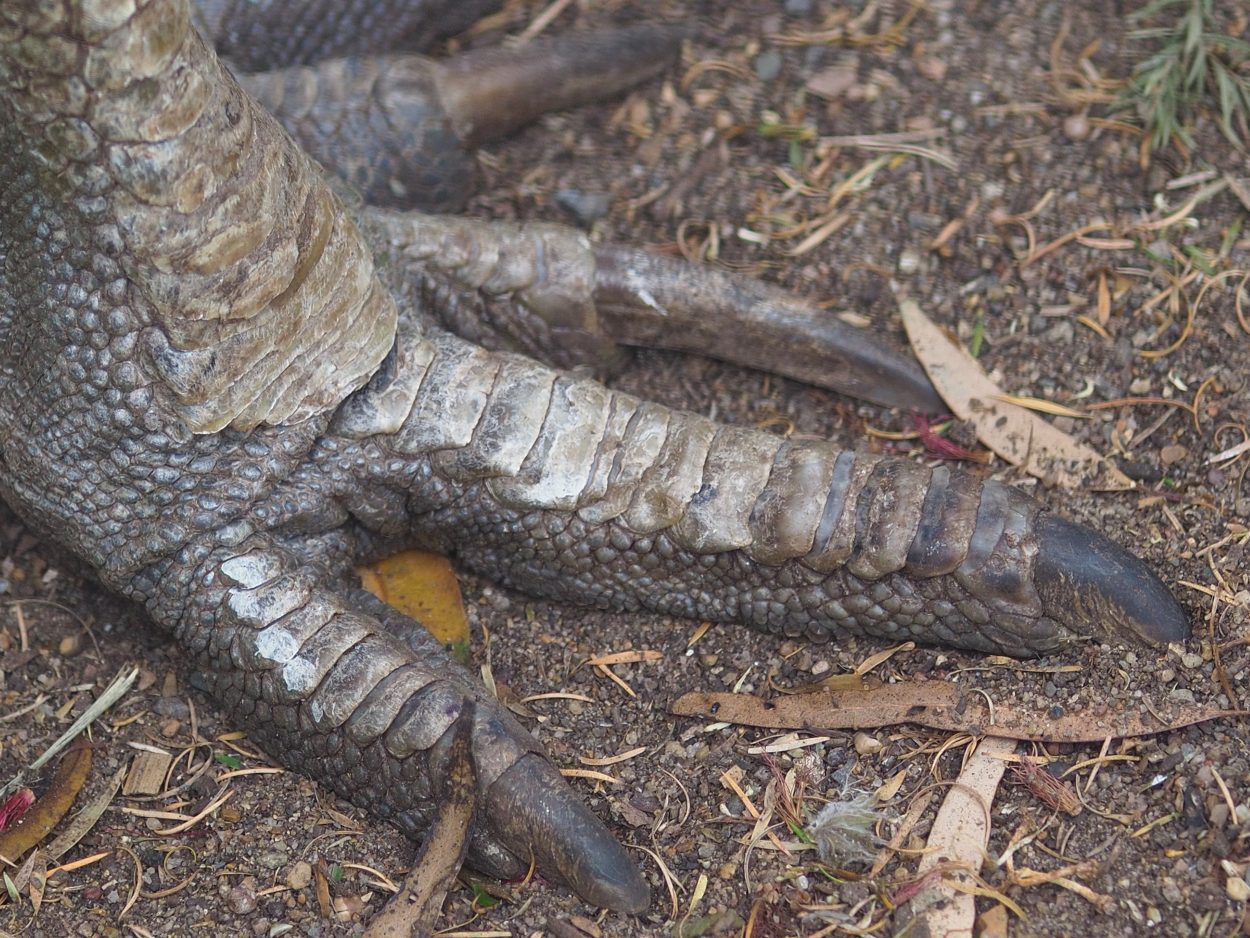Researchers studying two prehistoric sites in Papua New Guinea suggest that ancient people were ‘farming’ cassowaries as early as 18,000 years ago.
Cassowaries is a genus in the order Casuariiformes, that is classified as a ratite type of flightless bird that includes ostriches, emus and rheas. They are normally very wary of humans, but if provoked, they are capable of inflicting serious, even fatal injuries that has labelled them “the world’s most dangerous bird”.
The evolutionary history of the ratites is unknown, but it is generally believed that with the splitting of the continent of Gondwanaland, the cassowary became limited to the humid rainforests of Australasia where they became large solitary birds that defended their territories using large claws which adorn their feet.

The researchers found that while younger cassowary eggshells showed evidence of being cooked, eggs of almost fully formed cassowaries indicated that the birds may have been hatched and raised thousands of years before chickens and geese were domesticated.
Dr Kristina Douglass from the Pennsylvania State University told NHM: “The behaviour that we are seeing is from thousands of years before the domestication of the chicken. This is not some small fowl, it is a huge flightless bird that can eviscerate you.”.
The eggshells were discovered in two rock shelters on New Guinea amongst the remains of bats, marsupials, and birds, where prehistoric humans are known to have lived. The researchers used the appearance and structure of the eggs to estimate how old the chick would have been at the time the eggshell was broken.
‘What we found, was that a large majority of the eggshells were harvested during late stages. The eggshells look very late; the pattern is not random. They were either into eating baluts [an almost developed chick eaten as street food] or they are hatching chicks.” said Dr Douglass.
Header Image Credit : Ondrej Prosicky – Shutterstock





